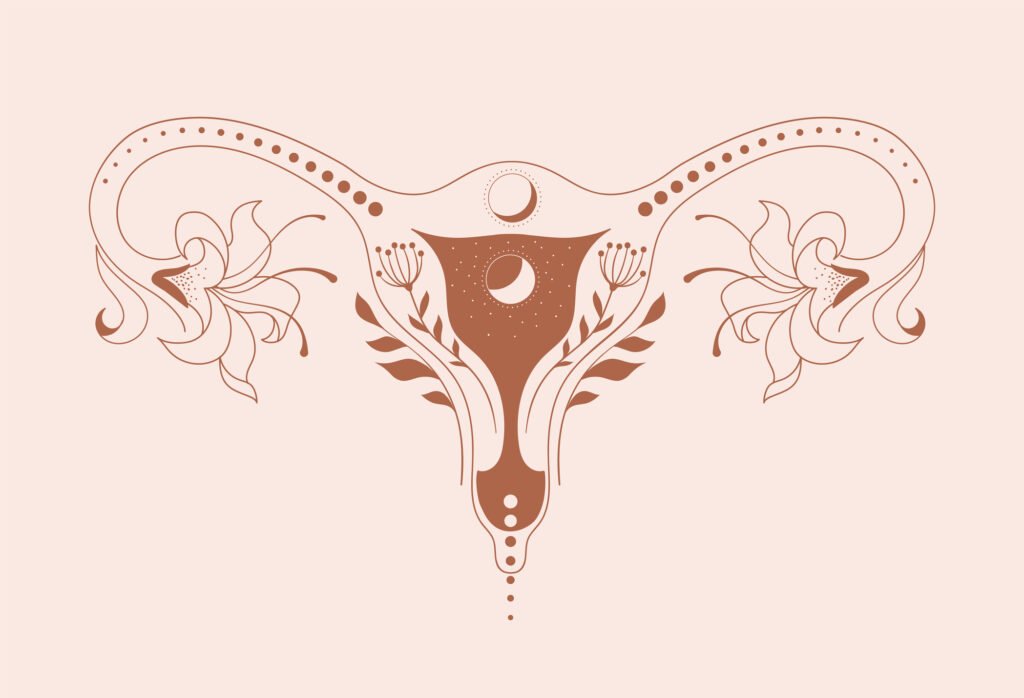Is your body trying to tell you something?
Your pelvic muscles play a powerful yet often overlooked role in supporting your bladder, bowels, and reproductive organs. When these muscles are underactive, overactive, or simply out of sync, the body begins to show subtle symptoms. Many women ignore or normalize these signals—especially after having children or entering menopause. At Mothercore, we believe awareness is the first step to healing.
Here are 10 signs your pelvic floor may need attention:
1. Leaking Urine When You Cough, Laugh, or Exercise
Known as stress incontinence, this is one of the most common and widely accepted signs of weakness in the pelvic area. It’s not “just something that happens after babies” or part of aging you must tolerate. It indicates that the muscles meant to close off your bladder aren’t doing their job.
NHS: Urinary incontinence in women.
2. Sudden, Urgent Need to Pee
If you feel like you have to rush to the bathroom or frequently urinate “just in case,” this can be a symptom of an overactive bladder or poor pelvic floor coordination. This type of urge incontinence often has lifestyle triggers—but it can be improved with physiotherapy and bladder training.
Cleveland Clinic: Overactive Bladder.
3. Pelvic Heaviness or Pressure
A dragging or bulging sensation in your pelvic area may signal pelvic organ prolapse, where organs like the bladder or uterus press downward due to poor muscle support.
Prolapse – Royal College of Obstetricians and Gynaecologists
4. Pain During Sex
Painful intercourse can be a sign of tight or overactive pelvic muscles, vaginal dryness (especially in menopause), or trauma from childbirth. This kind of pain is common but not normal. A pelvic health physiotherapist can help release tension and restore comfort.
The Pelvic Obstetric and Gynaecological Physiotherapy (POGP) Guide
5. Constipation or Straining
A less-discussed symptom, constipation can be both a cause and a result of pelvic floor imbalance – especially when combined with poor toilet posture or holding tension.
NHS: Constipation – Causes and Treatment
6. Lower Back or Hip Pain
The pelvic floor is part of your core stability system – working in harmony with your abdominals, diaphragm, and back muscles. Weakness or imbalance in your pelvic floor can lead to compensations elsewhere, particularly in the hips and lower back.
7. Difficulty Starting or Stopping Urine Flow
If you find yourself hesitating when trying to start urination, or you can’t stop mid-flow, this can be a sign that your pelvic floor is either too tight or too disconnected. It may not be contracting and relaxing in the right pattern, which disrupts bladder control.
Healthline: Pelvic Floor Dysfunction Symptoms
8. Increased Flatulence or Bowel Leaks
Losing control over passing gas or having accidental stool leaks is often linked to poor pelvic muscle tone. It may happen post-birth or due to aging, but in many cases, it can be greatly improved with proper rehab.
Mayo Clinic: Faecal Incontinence
9. Lack of Vaginal Sensation or Orgasmic Changes
If you’ve noticed decreased sexual sensation, difficulty achieving orgasm, or a “numb” feeling, this may be due to pelvic floor laxity or muscle disconnection. Pelvic floor training can improve blood flow and sensation, enhancing your intimate experience.
10. You’re Postpartum or Menopausal (Even Without Symptoms Yet)
Hormonal shifts and physical strain from pregnancy and birth can quietly weaken your pelvic floor. It’s never too early – or too late – to support it proactively.
What to Do If You Recognise These Signs
You’re not alone, and you’re not expected to fix it all yourself.
At Mothercore, our pelvic floor physiotherapists support women through 1:1 online consults and free resources tailored for every life stage – from pregnancy to menopause.


Final Thoughts
These symptoms are common – but they’re not normal. By recognising the early signs of pelvic floor problems, you can take meaningful action toward healing, strength, and confidence.

